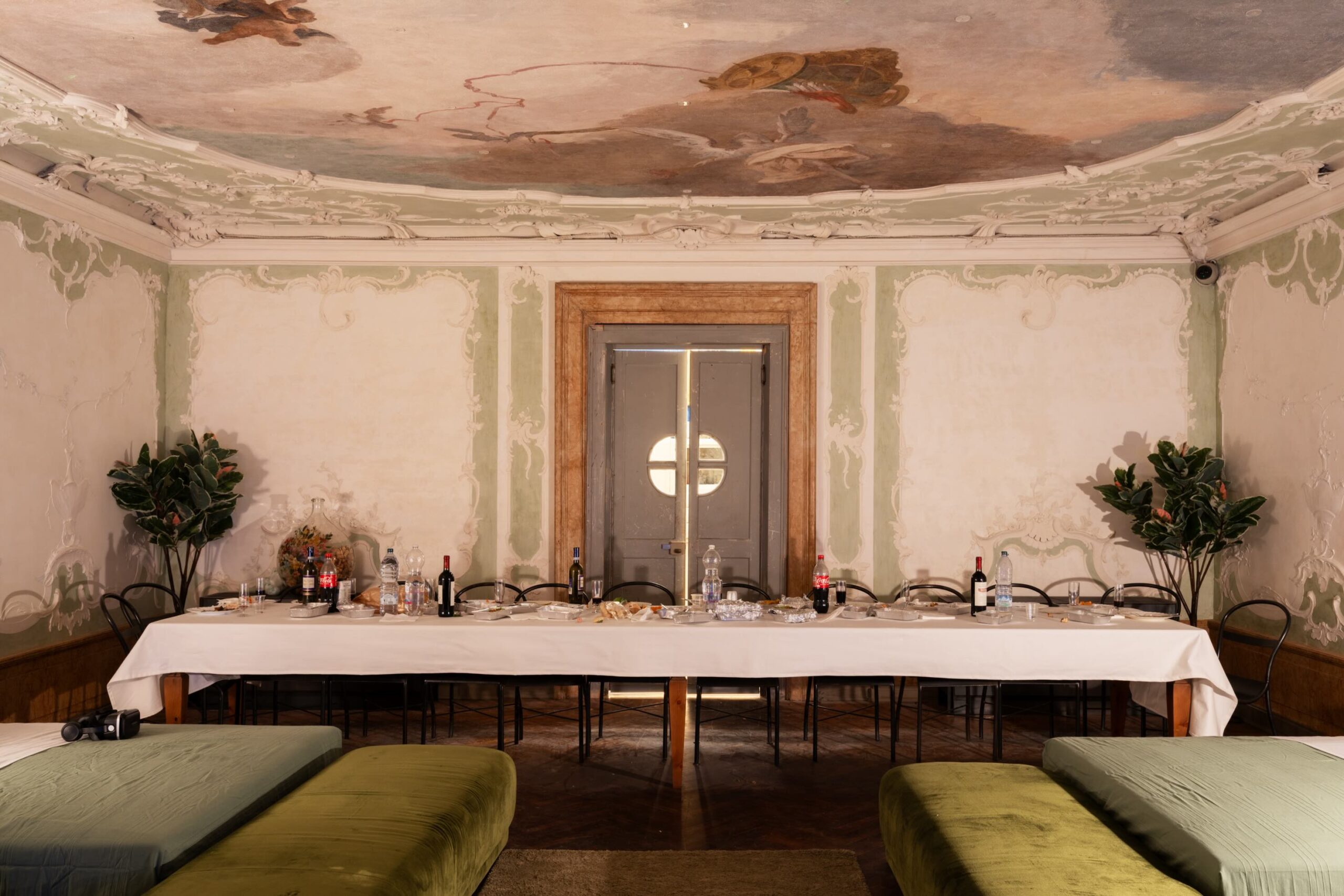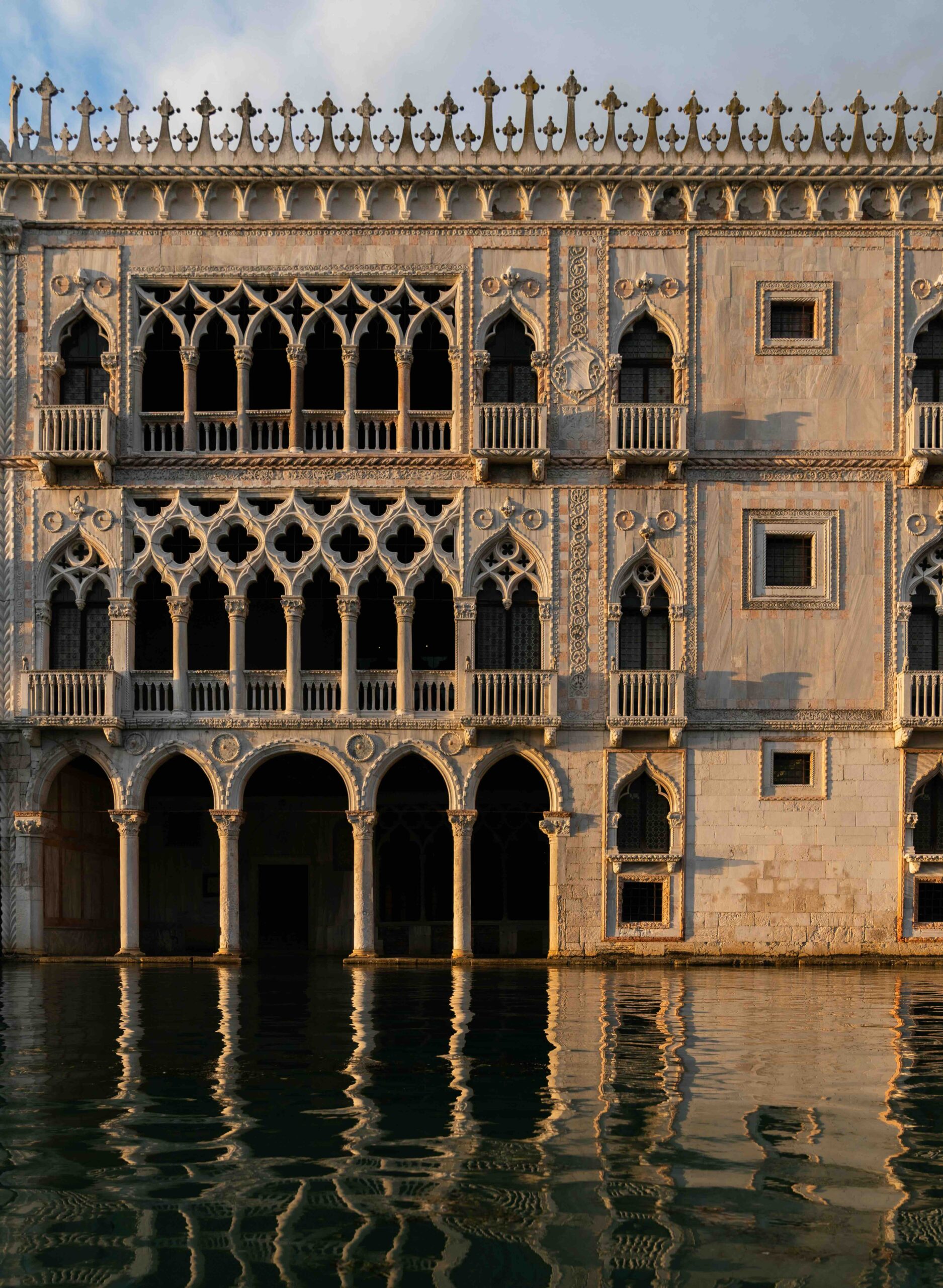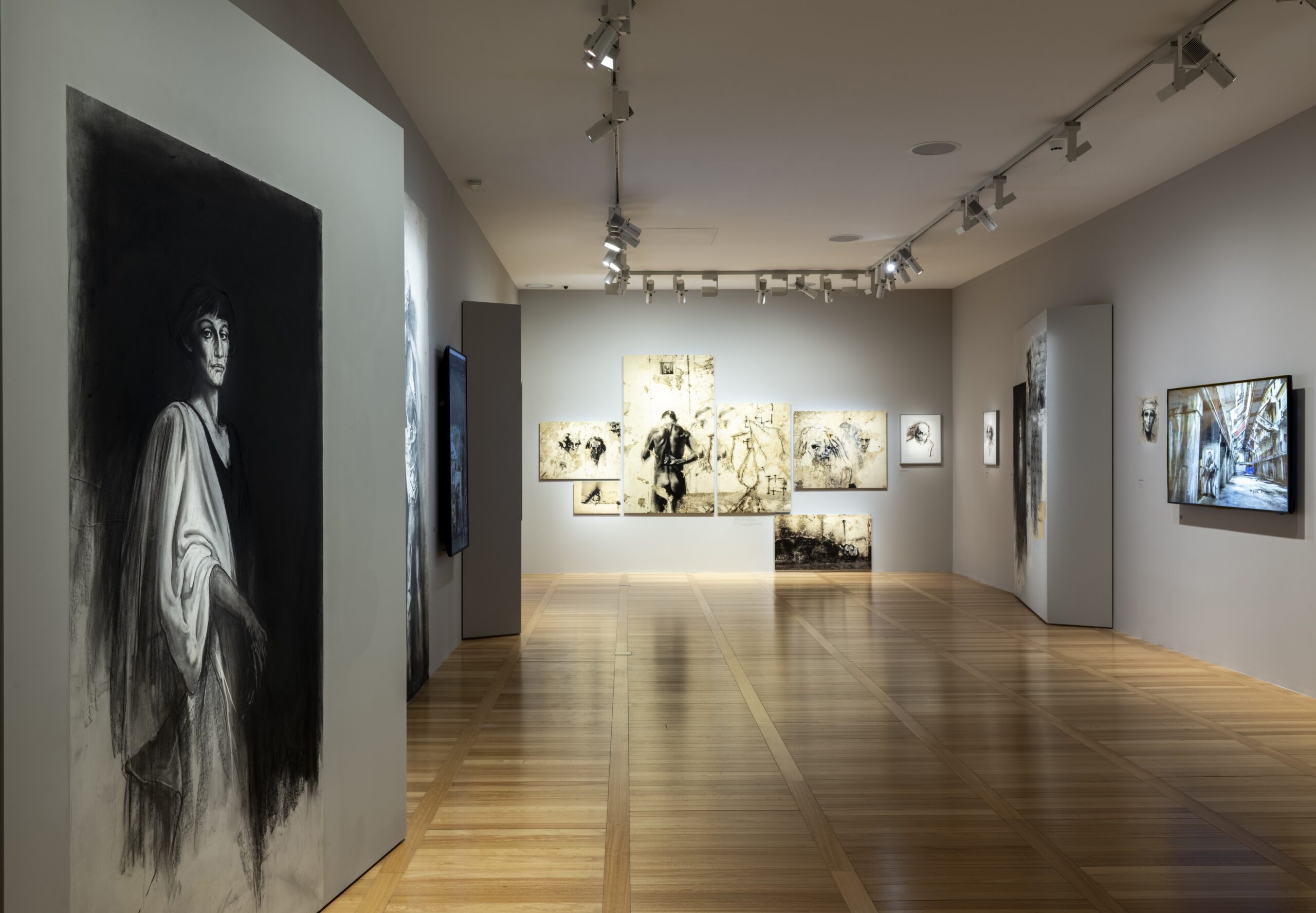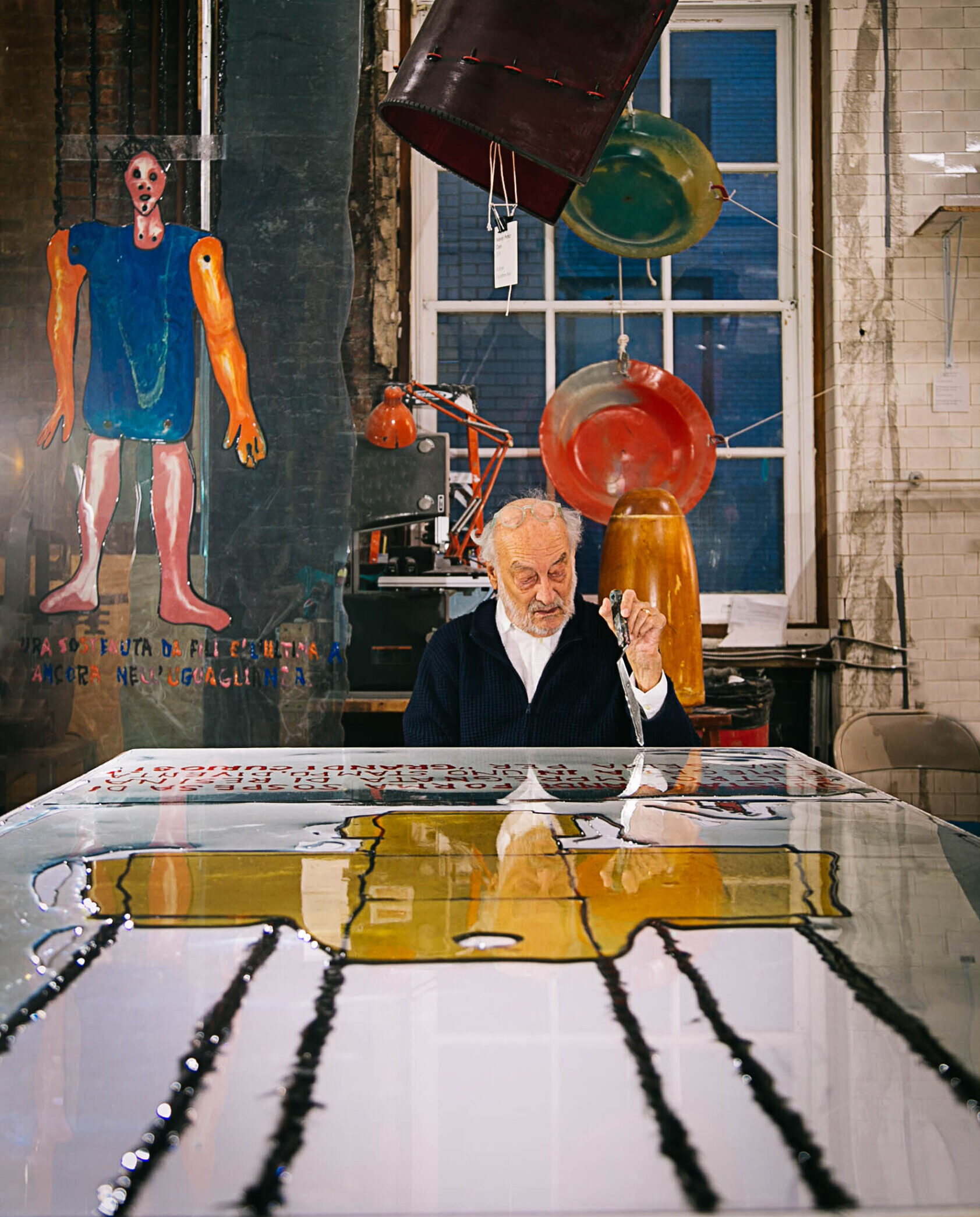Monte di Pietà, Christoph Büchel
Fondazione Prada, Venice
April 20th – November 24th, 2024
On the occasion of the Venice Biennale, Fondazione Prada presents Monte di Pietà, an immersive installation unfolding within the Ca’ Corner della Regina palace. The project consists of a pawnshop in bankruptcy based on the original appearance of the Monte di Pietà in Venice. In this context, the artwork The Diamond Maker (2020), conceived by Christoph Büchel, is exhibited as a suitcase containing laboratory-grown diamonds. The diamonds result from a physical and symbolic process of destruction and transformation of the entire corpus of works owned by the artist, including those created during his childhood and youth as well as those yet unrealized. Monte di Pietà incorporates new productions, references to installations previously created by Büchel, a diverse selection of objects, historical and contemporary artworks, and documents related to the history of property, credit and finance, the development of collections and archives, and the creation and significance of real or artificial wealth.
Originally the residence of Venetian merchants Corner di San Cassiano, Ca’ Corner della Regina was built between 1724 and 1728 on the ruins of the Gothic palace where in 1454 Caterina Cornaro, the future queen of Cyprus, was born. In 1800, the building became the property of Pope Pius VII, who assigned it to the Congregation of the Cavanis Fathers. From 1834 to 1969, the palace housed the Monte di Pietà of Venice. In 1975, it became the seat of the Historical Archives of the Venice Biennale, and since 2011, it has been one of the permanent exhibition spaces of the Fondazione Prada. Building upon this layered history, Christoph Büchel has constructed a complex network of spatial, economic, and cultural references. Monte di Pietà is an in-depth investigation of the concept of debt as the root of human society and the primary vehicle through which political and cultural power is exercised. Historically a crossroads of mixtures and exchanges of commerce and art, Venice is the ideal context to explore the relationships between these complex themes and the profound dynamics of contemporary society. The exhibition crosses the undefined boundaries between the physical and virtual dimensions of our contemporaneity through the online activity of a granfluencer and the activation of a cryptocurrency: the project explores the immateriality and volatility of financial transactions in the digital sphere which, in an almost alchemical process, consume wealth to produce new value. The speculative mechanisms typical of cryptocurrencies are modified in favor of individuals born or residing in the Municipality of Venice: this token, called Schei, aims to generate new profit and distribute it to the inhabitants of the lagoon.
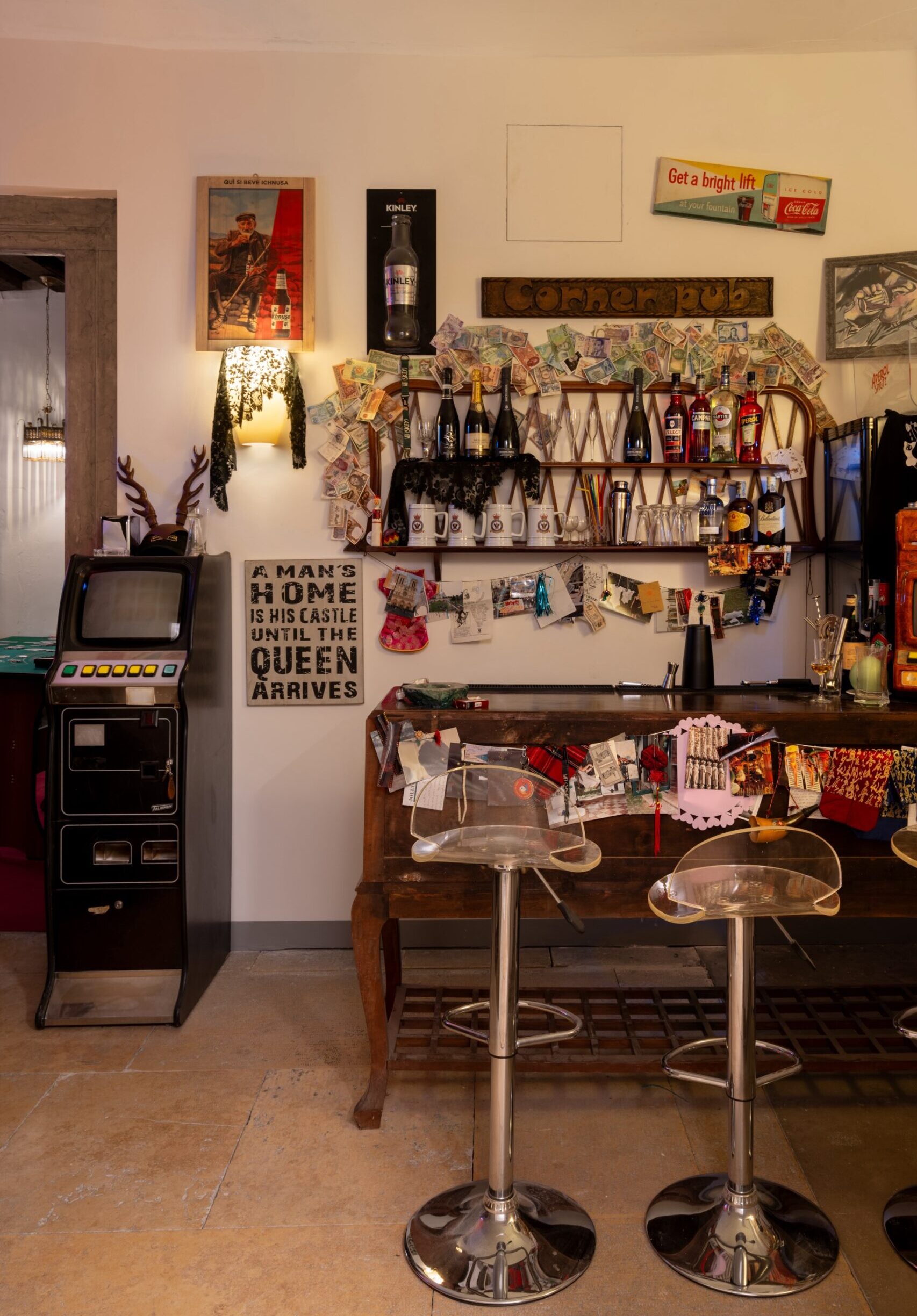
The art system and museum institutions play a significant role in assigning symbolic and economic value to goods and objects in Western society.
Established in Italy in the 15th century, the Catholic institutions known as Monti di Pietà allowed the less fortunate to access loans at low interest rates. They used funds from charitable donors as capital and granted loans to people with modest incomes. Debtors offered valuable items as collateral, blurring the line between a pawnshop and a bank. Each item carried with it a personal story, a debt, and a credit, along with an interest rate and a sale price in case the debtor failed to repay the credit. After several failed attempts between the 16th and 18th centuries, the Banco Pignoratizio Comunale was established in Venice in 1806. In 1822, the Cassa di Venezia, a local bank open to the public, was created. Associated with the Banco Pignoratizio, it could finance pawn loans through savings collection. In 1834, the institution was named the Monte di Pietà di Venezia, and its headquarters were transferred to the prestigious Ca’ Corner della Regina palace. In Western history, debt, virtual money, and the birth of currency are intrinsically linked to the exercise of power that allows for expansion and accumulation. Debt has always played an essential role in social and political upheavals, and throughout history, governments have repeatedly implemented debt cancellations, often to restore pre-existing social order: specifically, the Republic of Venice was a mercantile state that contributed to the emergence of modern debt-based financial markets and the legal recognition of intellectual property.
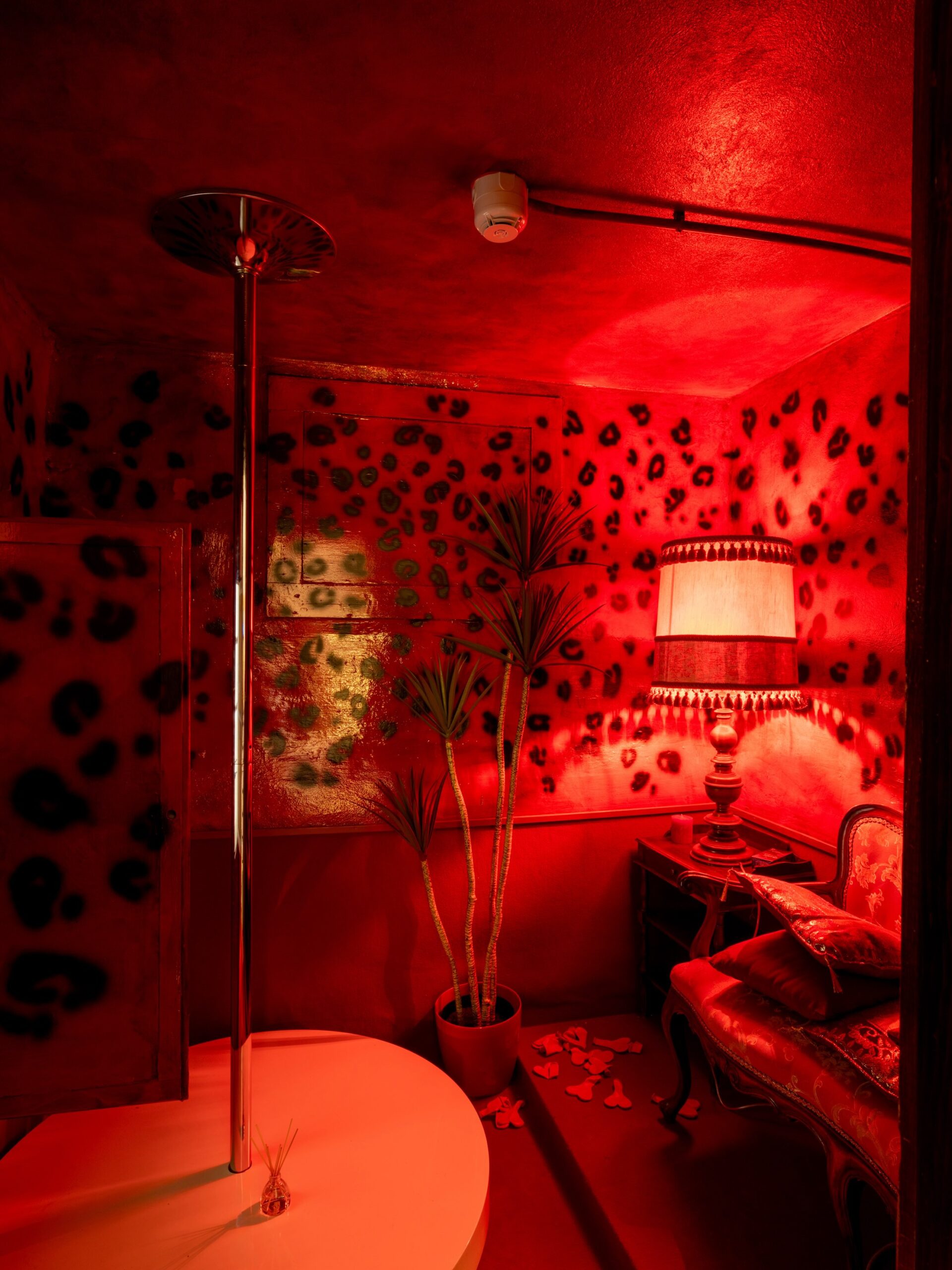
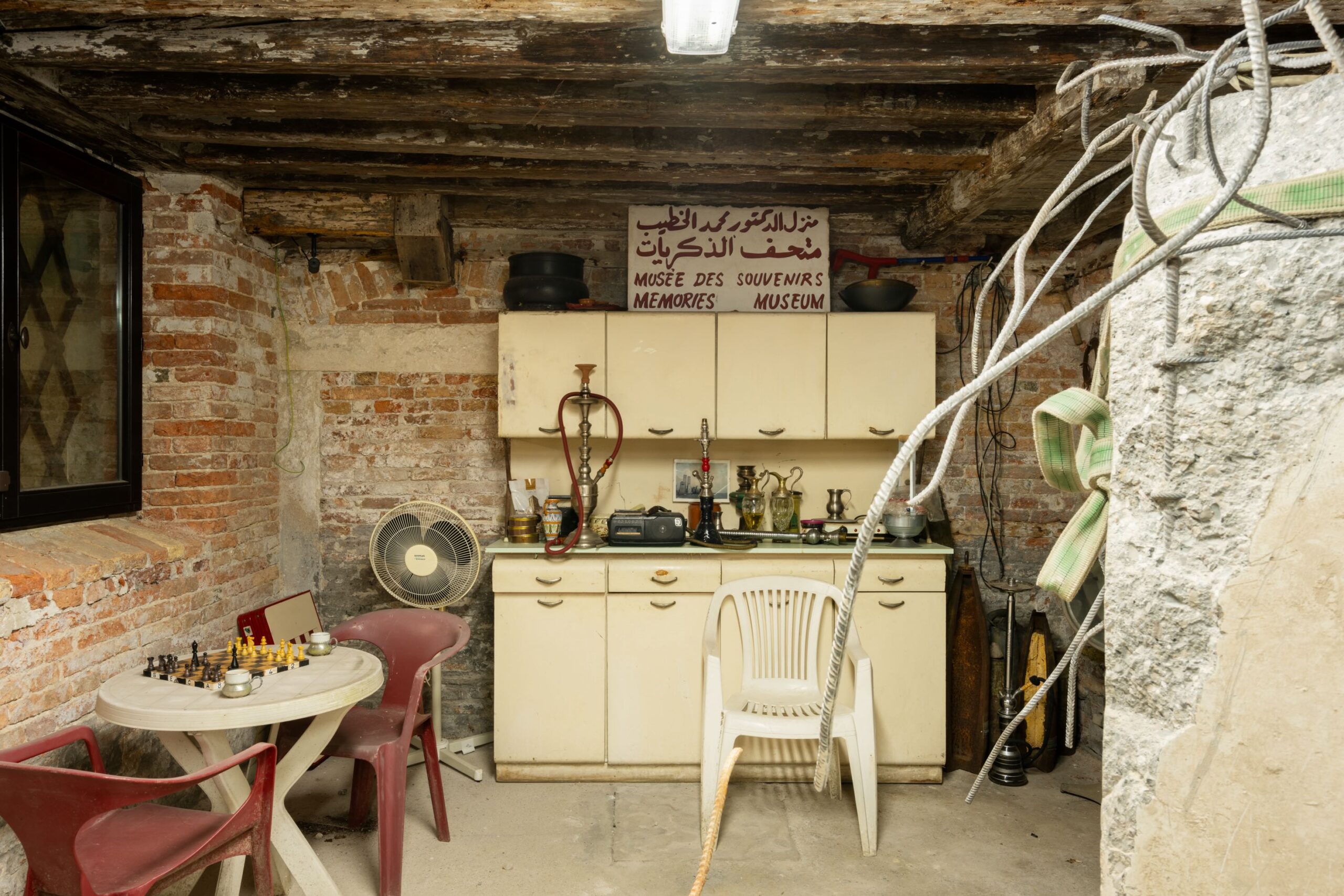

Per maggiori informazioni fondazioneprada.org.
